Do I need a tripod? I get asked this a lot and I think it’s because people see professionals with tripods and assume that they, therefore, need one too if they want to take better photographs. I fell into this trap when I started out and between my other half and me we have either three or four tripods… And I can’t remember when I last used one!
I think tripod use has declined a lot over the last few years whereas in the early days of photography they were an absolute must. Shutters were opened and closed manually and exposure times were very long indeed. Jump forward to the majority of the 20th century and photographers still used tripods for almost any low light situation, despite massive advancements in camera and lens design. By low light I mean indoors in the daytime or on really dull days outside. If you wanted to shoot without a tripod indoors you would have needed to buy film that was more sensitive to light, rather than the more common 100, 200 or 400 speed film available in shops.
Of course, the other option in low light is to use flash, another fantastic photographic invention. However, flash is not always good. In the daytime natural daylight gives much nicer results, with more natural light, softer shadows and more depth to the image.
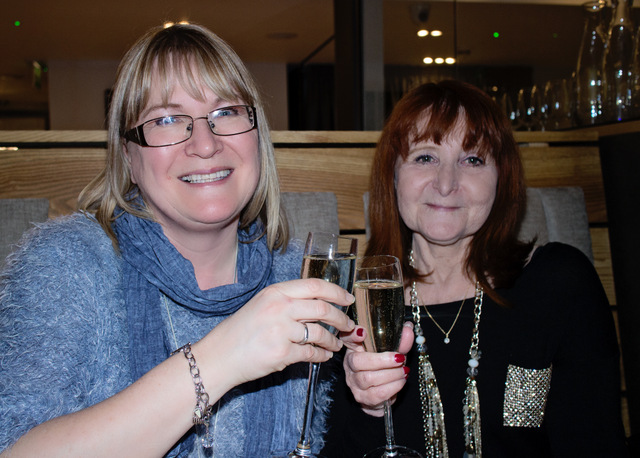
Indoors with flash. Note the harsh shadows, dark background and how we look like we’re cardboard cut outs. f/4, 1/60, ISO 400 Flash fired.
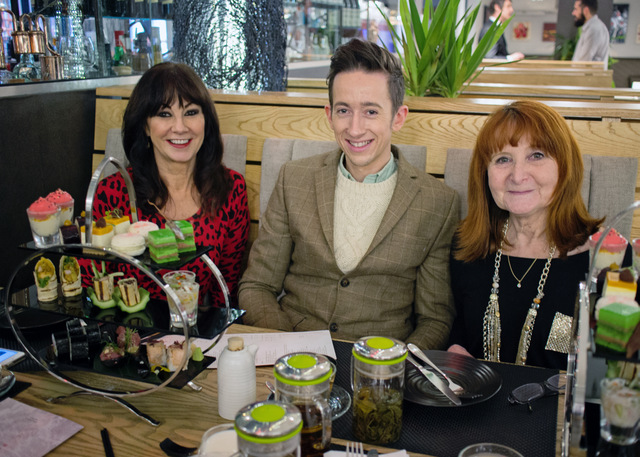
Taken within minutes of the previous shot at the same table without flash. What a difference! f/2, 1/50, ISO 1600. No flash.
Fast forward now to the digital era, when, certainly to start with, tripods were very much still in use, partly because old habits die hard, but also because the early digital cameras were not great in low light. There have been great technological advancements made in this area in the last few years and the latest D-SLRs can give fantastic results in poor light, without a tripod.
However, to get the most out of what these amazing machines can deliver, you need to know about a setting called ISO. Camera manuals don’t make a big deal out of – and they should! – so most beginners struggle to get decent photographs in low light. And let’s face it, a lot of photographs are taken indoors. Without understanding ISO photos taken in low light will often be blurred or the flash will fire.
Now this isn’t a blog about ISO (that’s coming soon!), but ISO is a huge factor in deciding whether you need a tripod or not. Setting a high ISO on your camera lets you take photographs in low light. Note that the ISO in the second photograph above was at ISO 1600 – perfect for low light conditions.
Important: If you know how to change the ISO setting on your camera and what it does, then you will generally not need a tripod.
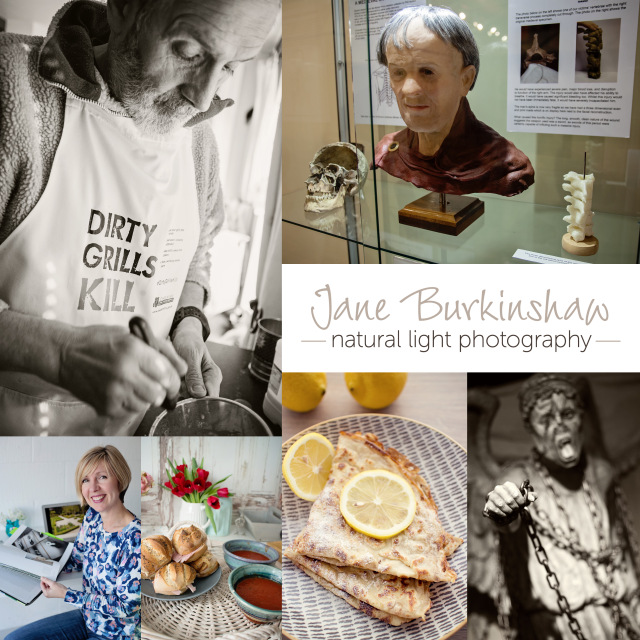
All of these images were shot indoors without using flash, in dim museums, in our pokey kitchen and in my studio.
Before I get shouted at, there are times when tripods do come in useful:
- If your camera gives poor quality, grainy images when you use a high ISO number. Compact cameras, smart phones, bridge cameras and some cheaper or older digital SLR cameras can be really rubbish above 400 or 800 ISO. Higher ISO settings can result in this graininess (or digital noise). It’s often not a problem but if the noise is very noticeable it can ruin the photograph. Time to buy a tripod – although personally I’d upgrade to a better camera! The newer, entry level D-SLRs perform really well at 1600 ISO and possibly higher.
- If you can’t use a high ISO to comply with competition rules or with the strict requirements of image libraries (many stipulate that you can’t use higher than ISO 400). Or if you know the image is likely to be printed very large for commercial use, where very visible graininess may be a problem.
- For long exposure daytime or night time shots. If you are using really slow shutter speeds to purposefully blur movement or capture star trails, the night sky, fireworks etc, then a tripod is a must.
- For landscapes where you are using a high f/number to get a wide depth of field. And now again, in english: to ensure that the foreground, middle ground and background of a landscape is all in focus, landscape photographers need to use a tripod, as the hole in the lens needs to be very small and this means that the shutter speed will be slow, even in bright daylight.
- For very precise focusing in close up shots. This is what I mainly use my tripod for and often it’s flower photography like the one below. It can be extremely difficult to hold the camera steady when you’re shooting this close and when you’re focusing manually, to ensure that the image is in focus in exactly the right spot.
Just as a final comment, some photographers like using tripods and swear by them. I only use a tripod if I have to, as I feel that my creativity is more limited, as it’s harder and slower to shoot at lots of different angles and distances.
And another thought, if you take a tripod into certain parks, gardens and privately owned places, you may get challenged as people might assume you are a professional and shooting for commercial gain.
I hope this has helped you make a decision about whether you personally need a tripod. If you’d like to read more about ISO and how it impacts on shutter speed and aperture, take a look at my blog on the Exposure Triangle. Sounds a bit techie but as ever, I try to keep things simple. Also, a short blog on taking photos in museums and exhibitions.
I run courses and offer one to one tuition to beginners and improvers, including food photography courses, so if you’d like help getting to grips with your camera then click on the links and take a look.
Did you like this blog post or find it useful? If so, please leave a comment, sign up for email reminders at the top of the page or share it with your friends (or even better, all three!!). Thank you – Jane ![]()

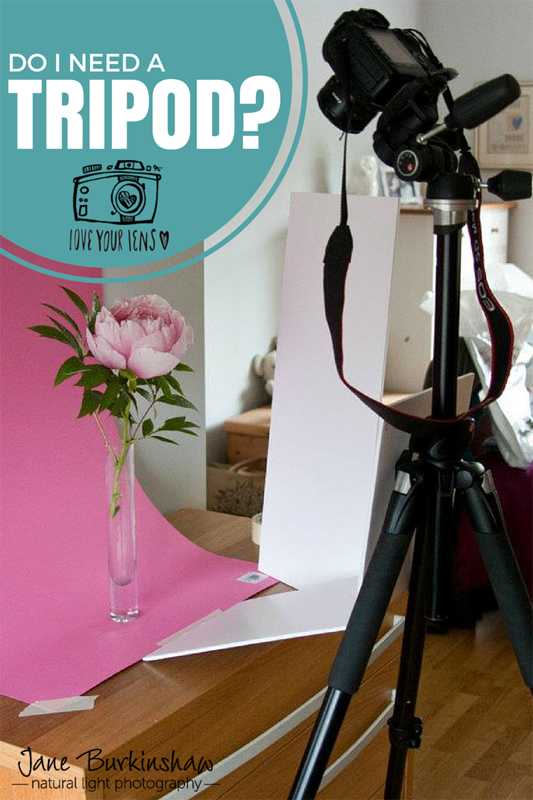
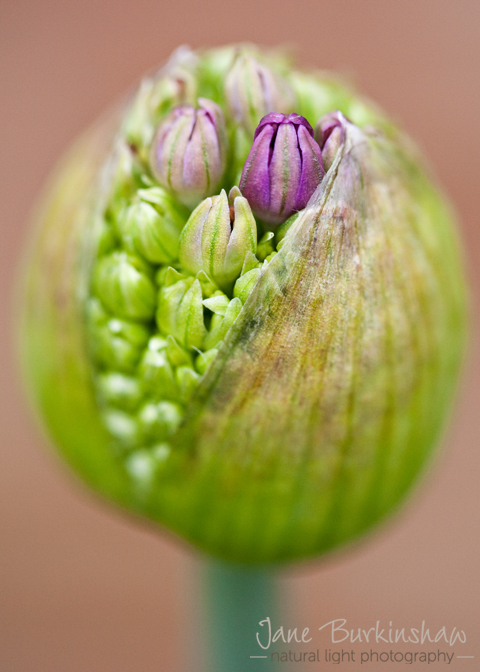
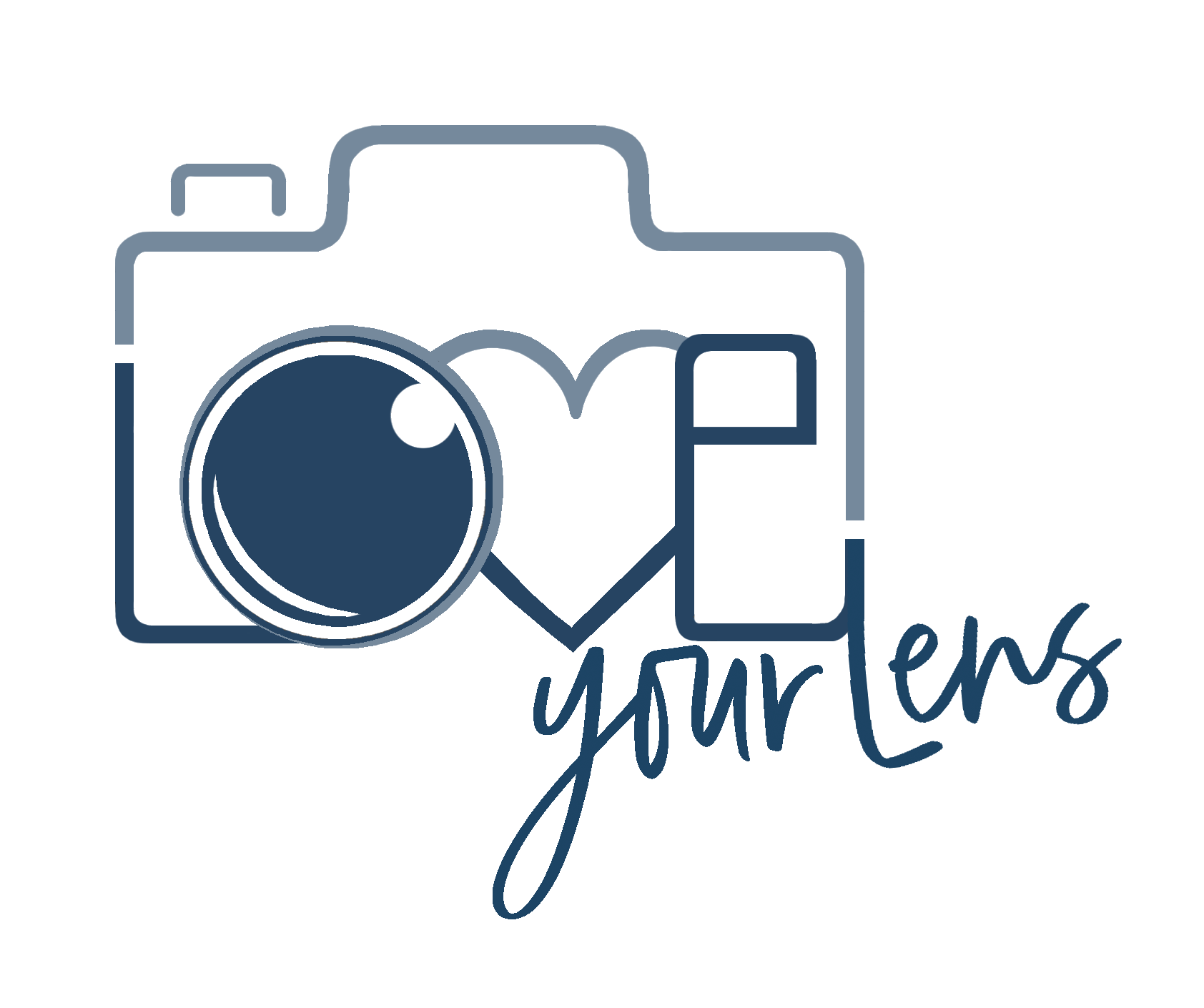
Thanks Jane for this useful post. I already own a tripod and often take it with me on a day out, but do I use it – no! As you have said, in most situations, a half decent camera will cope well without.
I know I need to use it for macro plant photography as the focussing is so critical and it is easy to move the plant out of focus just by clicking the shutter manually. I am finding it really difficult to find a tripod that is suitable for this, though. You really need one that will allow your camera to photograph from directly overhead and to get up really close to the plant. Ones that do that tend to splay their legs far too wide for most garden situations. Do you have any suggestions? Thanks.
Hi Annette, thanks for taking the time to reply. I’ll have a think for you. The best thing to do is Google the question or ask on a Forum. I really like Digital Photography School. But I also have a friend who does award winning garden photography and I’ll ask him what he would recommend. Feel free to give a gentle reminder if I forget: loveyourlens@gmail.com
And I got a very quick reply from the lovely Joe Wainwright – check out his website. Here’s a link he sent me about Manfrotto tripods for macro photography. Hope it helps. https://www.manfrotto.com/macro-photography